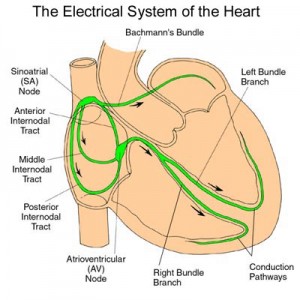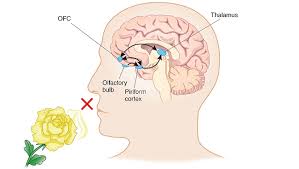A recently published article has great information about weight and breathing. Simple conclusion: is that being overweight with Myotonic Dystrophy can affect your breathing and respiratory function. Since respiratory failure and pneumonia are big issue with Myotonic Dystrophy pay special attention to your weight!!! It also showed that a great majority of people with DM have an abnormal body composition. ITs important to keep the weight off but you also must see a nutritionist to insure that you are getting proper nutrition and to look at your body weight/mass/BMI. Here is the summary
InDM1 patients, overweight is an independent factor for predicting TLC, and contributes independently of FIV1. Because overweight isr elated to increased work of breathing and inspiratory muscle strength is reduced inDM1, the fatigue threshold will be reached sooner. Therefore, muscle fatigue and the onset of respiratory failure will develop at an earlier stage in overweight patients, especially during increased ventilator demand. Moreover, over half of DM1patients are overweight, and nearly all patients have an abnormal body composition. To develop interventional strategies for weight loss, it will be important to categorize the individual type of body composition. Hence, preventing the development of overweight inDM1 patients may result in delaying respiratory failure and mortality in DM1.
Click below on the link for the full study





